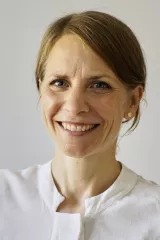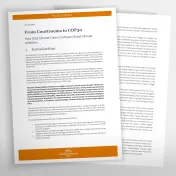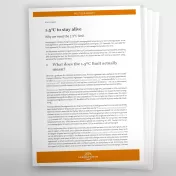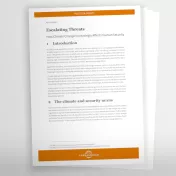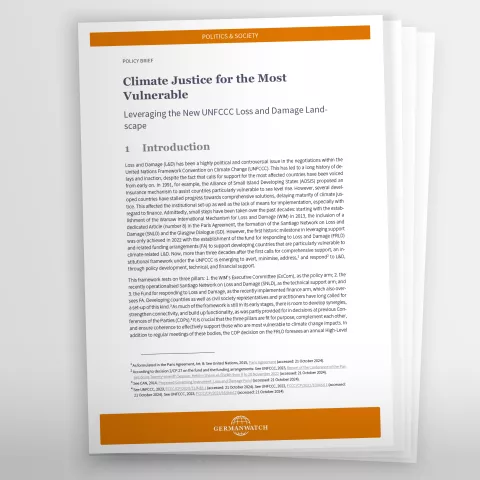
The climate crisis unfolds rapidly on an unprecedented scale. Just this September, heavy rainfalls caused to the most severe flooding in Central and Western Africa in decades, and hundreds lost their lives.
Climate policy has not kept pace with the crisis. The debate on Loss and Damage (L&D) in the context of the United Nations Framework Convention on Climate Change (UNFCCC) has a long and fractious history. From early on, countries of the Global South have been calling for solutions. However, developed countries have stalled progress and delayed climate justice time and again. In 2013, the Warsaw International Mechanism for Loss and Damage (WIM) and its Executive Committee (ExCom) came as a first strong signal of hope for vulnerable countries. The L&D institutional landscape was strengthened with the Santiago Network for Loss and Damage (SNLD) in 2021 and the Fund for responding to Loss and Damage (FRLD) with its funding arrangements in 2022. Now is the time to deliver policy development, technical and financial support to aid the most vulnerable in this escalating crisis.
As much of the L&D institutional framework is still in its early stages, there is room to develop synergies, connections, and functionality. Our policy brief ahead of COP29 looks into this potential. To spur the conversation on L&D, we address key points such as the L&D subgoal of the NCQG, a permanent agenda item, the WIM review, and progress on the FRLD.


